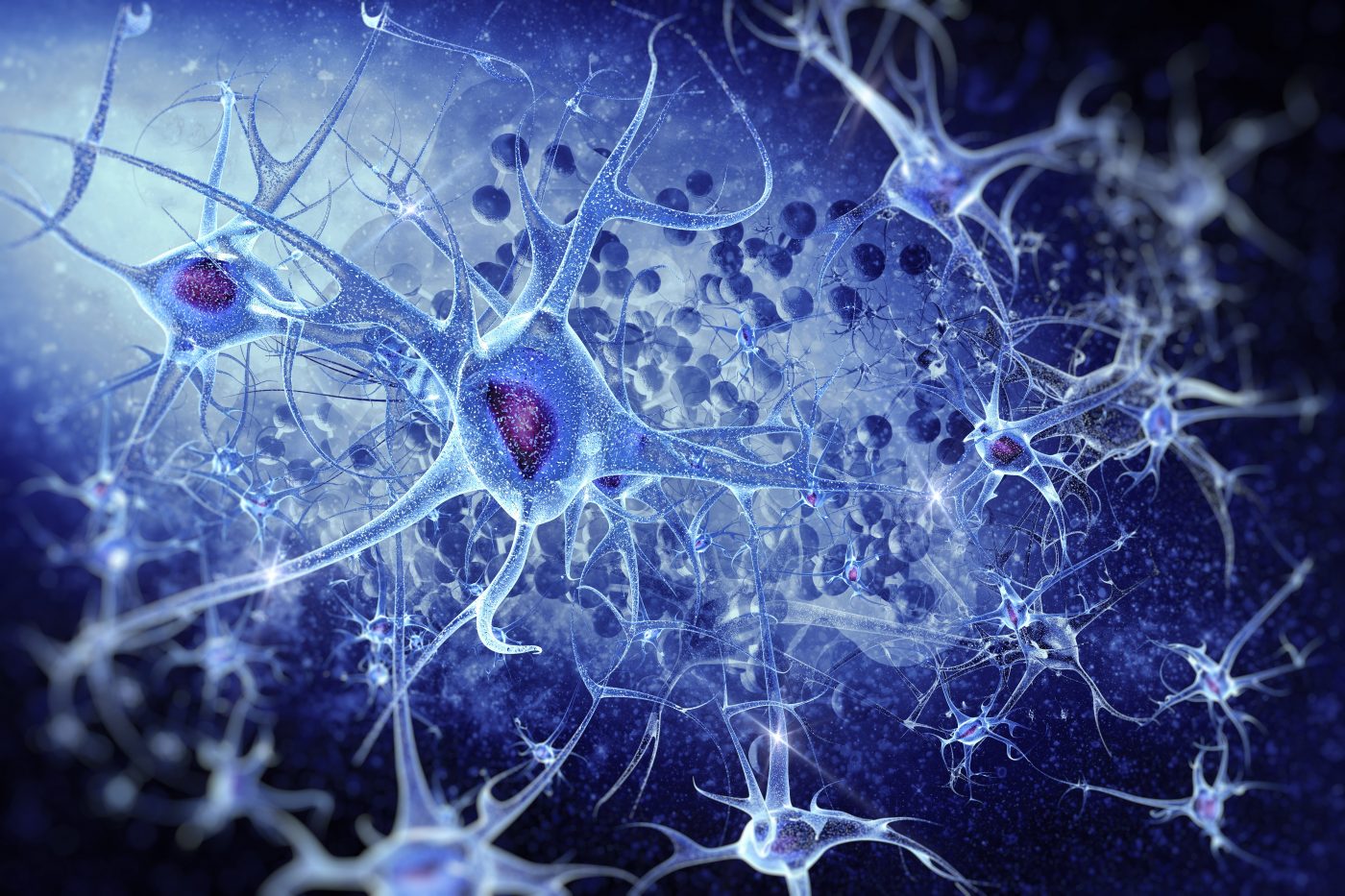Crystalized Images Uncover Secrets of Hormone Receptors

Recently, researchers from the National Institutes of Health’s (NIH) National Institute of Neurological Disorders and Stroke (NINDS) released results from X-ray crystalography analysis of the the neuropeptide hormone neurotensin, which has been shown to be involved in Parkinson’s Disease (PD). Their research resulted in the first images showing how the neuropeptide-binding G protein-coupled receptor (GPCR), a class of receptors involved in a wide range of disorders and the target of many drugs, including those for PD, interacts with the neuropeptide hormone neurotensin and activates its receptors. The study, entitled, “Structural prerequisites for G-protein activation by the neurotensin receptor,” was published in the latest edition of Nature Communications.
The study was conducted in the NIH laboratory of Dr. Reinhard Grisshammer, Ph.D. in the Membrane Protein Structure and Function Unit at the NINDS. Dr. Grisshammer’s research is focused on determining the structural conformation of receptors and how their shape contributes to certain disease states, such as those associated with PD.
In an institutional press release about the study, Dr. Grisshammer, explained that “G protein-coupled receptors are found throughout the body. Knowing how they work should help scientists devise better treatments.”
In an effort to better understand how GPRCs work, Dr. Grisshammer and his team shot X-rays at crystallized neurotensin receptor molecules, with the objective of making crystals of the receptors that activate G proteins. In the course of the conducted experimental protocol the researchers discovered that “a region in the middle of the receptor dropped like a draw-bridge to link the neurotensin binding site to parts of the receptor found inside cells that are important for G protein activation.” This linking action may be the precise change that prepares the receptor to activate G proteins.
Dr. Grisshammer added, “The receptor we crystallized is very close to the active form found in nature. We may have the first picture of a peptide-binding G protein-coupled receptor just before it engages with the G protein.”
Dr, Grisshammer plans to continue exploring how neurotensin and other G protein-coupled receptors translate messages delivered by neuropeptides into reactions inside cells in future studies.






